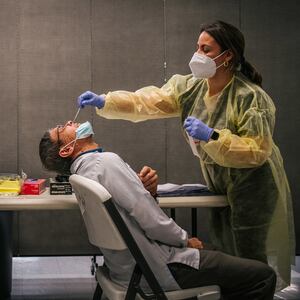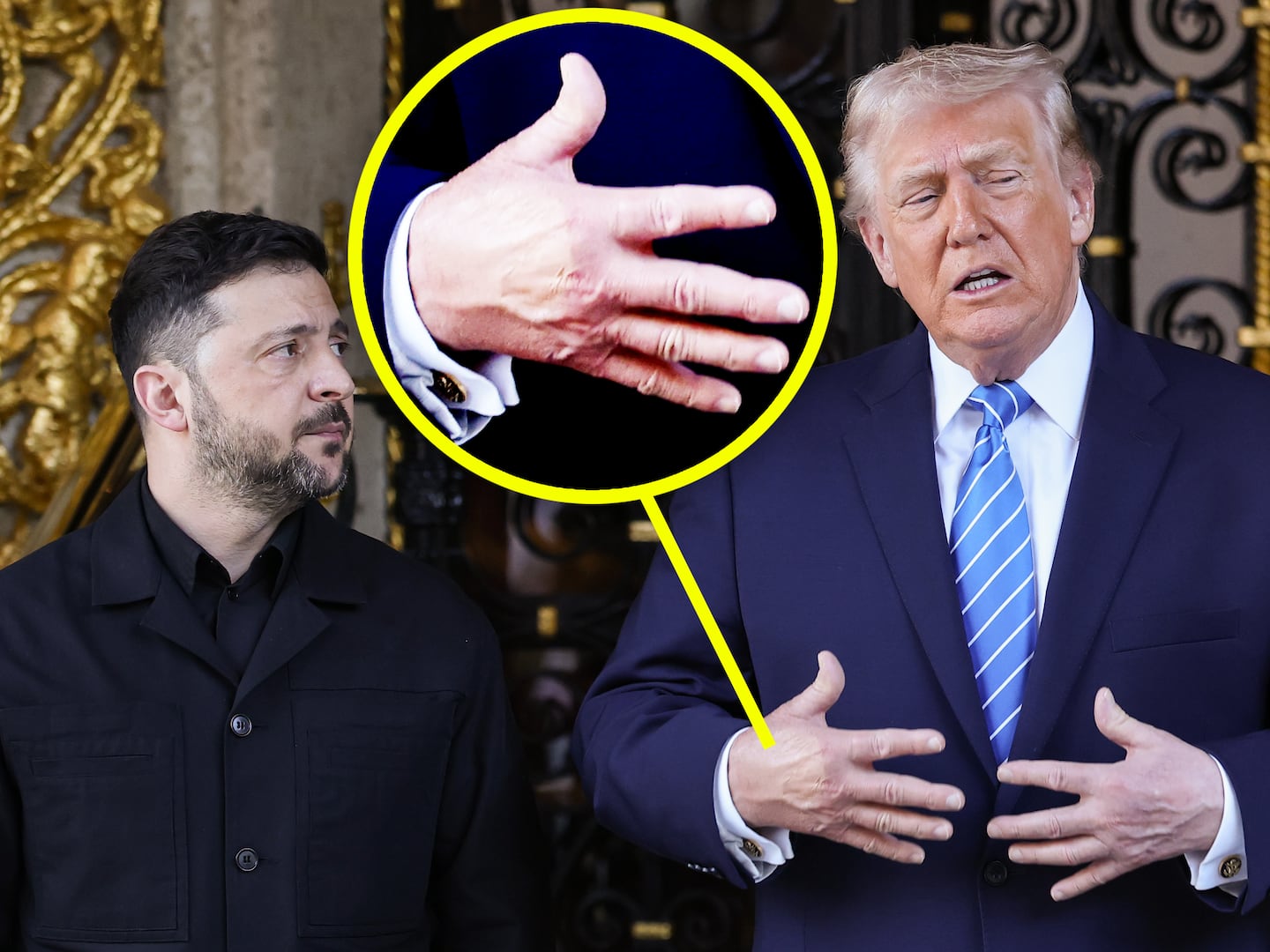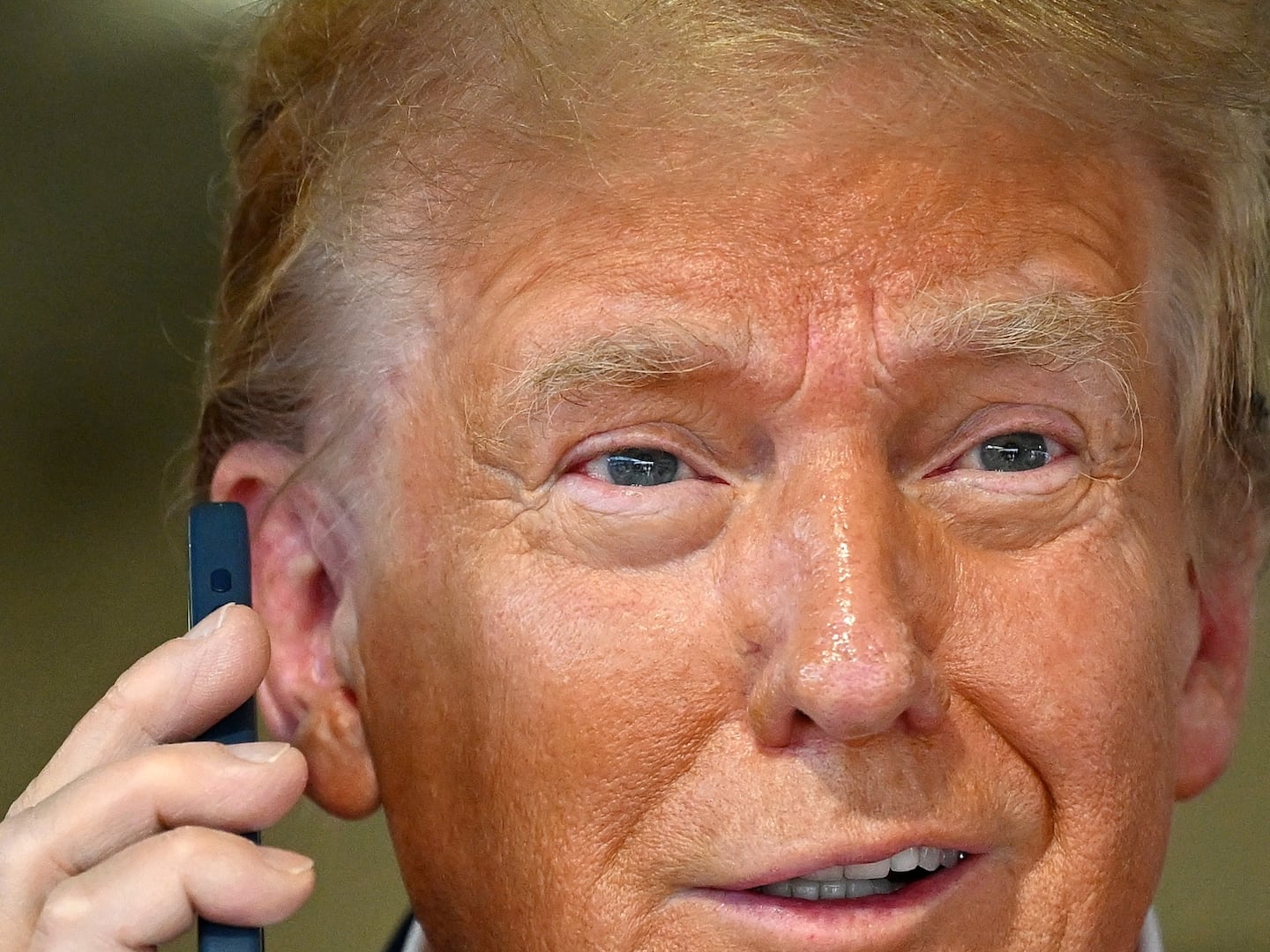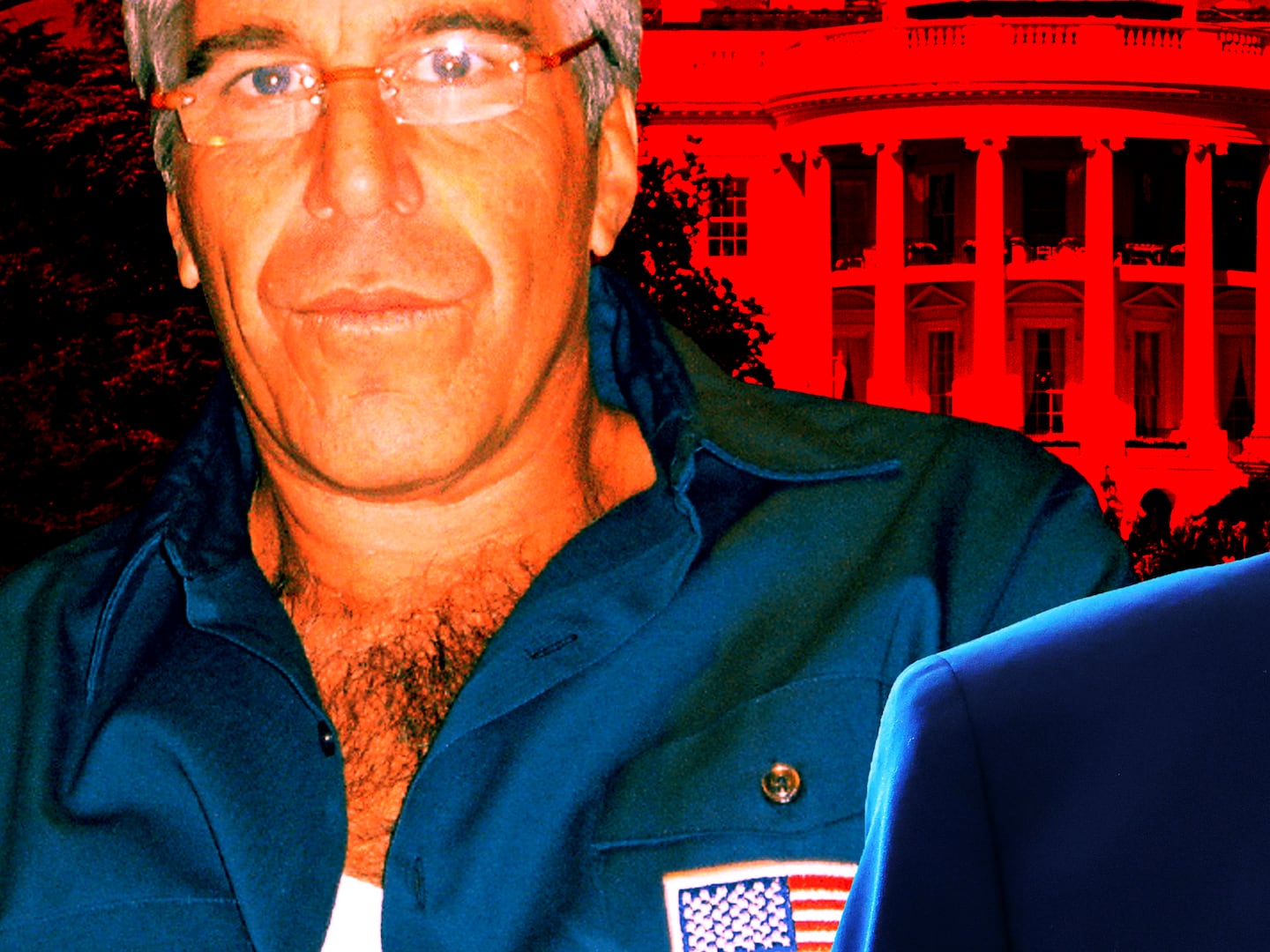Any of the three COVID-19 vaccines the U.S. Food and Drug Administration has authorized for use in the United States is highly effective at preventing hospitalization and death. That was true months ago when the shots first came on the scene, and it’s true now. The feds have also authorized some Americans to receive a booster dose of Pfizer’s messenger-RNA—or MRNA—vaccine six months after initial doses, in order to bolster the effectiveness of that vaccine in the face of the Delta variant. Boosters could be coming soon for the vaccines from Moderna and Johnson & Johnson, too.
But there’s a possible mix of jabs that may—with careful study—ultimately prove even more effective: a dose of Johnson & Johnson’s conventional, adenovirus-based vaccine combined with a high-tech mRNA jab from Pfizer or Moderna. Multiple early studies in Europe focused on the AstraZeneca shot, which is similar to the J&J, have found that an adenovirus “prime,” or initial shot followed by an mRNA booster, might provoke the strongest and most enduring immune response yet to the coronavirus.
Welcome to Rabbit Hole, where we dive deep on the biggest story. It’s for Beast Inside members only. Join up today.
There are very specific circumstances that compelled European scientists to study that combination. Basically, the original shots were either less appealing to the public or had seen their rollouts officially paused by health authorities thanks to a rare side effect for the AstraZeneca shot similar to one that emerged among a tiny share of J&J recipients in the United States.
Meanwhile, people needed to keep getting shots and ward off a deadly pandemic, and they did. As the New York Times reported in June, even German Chancellor Angela Merkel got in on the action, receiving a Moderna shot after first getting AstraZeneca.
In the United States, getting a full regimen of a safe and effective vaccine to those who want one isn’t the problem. Instead, the Delta variant and concerns about long-term effectiveness have led the feds to introduce booster shots.
But the FDA has only approved Pfizer to offer booster shots—and only to Americans over 65, or those over 16 with immune disorders or underlying health conditions, or people working in certain front-line jobs. Perhaps just as important, only past recipients of the Pfizer vaccine are eligible for boosters.
In other words, there is no mixing endorsed by public-health authorities. Yet.
And that means there are no boosters officially available yet for people who got other shots, even if there is plenty of evidence Americans are seeking them out anyway.
With that reality in mind, some experts are pushing the feds to consider mix-and-match vaccine regimens as soon as there’s enough data to support a possible authorization. And some are citing what Europeans have done out of necessity as a promising precedent.
The topic of heterologous, or mixed, vax regimens came up repeatedly during the Thursday meeting of a CDC advisory panel—the same panel that recommended the agency approve the Pfizer booster.
“We are not voting on mix-and-match today,” one moderator told the panel. But “we’ve heard your voice loud and clear,.”
In that case, some experts were concerned about what Moderna and J&J recipients were meant to do as they waited for their own boosters to potentially come down the line. Johnson and Johnson recipients, in particular, have for months had to deal with headlines about potentially reduced effectiveness from their one-shot vaccine, even as it clearly offers strong protection against hospitalization and death.
But a combo of different vaccine types might not just be something to do when countries run into possible—very rare—side-effect concerns, or even when one shot is booster-authorized and another isn’t.
Instead, mixing and matching shots may offer the best protection there is.
“Other countries have mixed with good results, and even better than sticking with the same vaccine,” said Lawrence Gostin, a Georgetown University global health expert and occasional Daily Beast contributor.
American experts are aware of the potential benefits of so-called “heterologous” vaccine mixes. But the U.S. health establishment has been slow to launch formal studies. And federal regulators won’t move on heterologous vaccine regimens until they’ve got an abundance of data.
“Until actual research studies are done on mixing vaccines, we will not know if that is a good thing,” Peter Gerbino, a surgeon and sports medicine specialist at the Community Hospital of the Monterey Peninsula, told The Daily Beast. “That said, there is a good possibility that mixing could be beneficial.”
The idea of blending vaccines is an old one. There are successful heterologous vaccine regimens for the flu, malaria, and Ebola. It’s common sense that mixed vaccines would work for COVID, too.
“Re-exposure to the virus is going to increase immunity,” said Jeffrey Klausner, a professor of population and health sciences at USC who has worked for the CDC and is also a Daily Beast contributor.
Think of a vaccine as a harmless attack on your immune system—one that’s meant to mobilize your infection-fighting antibodies and T-cells. A single-type homologous vaccine attacks from only one direction, and activates only some of your defenses. A heterologous vaccine attacks from different directions, forcing your immune system to mobilize more of its resources.
But studying heterologous vaccines comes with “regulatory complications,” according to a team of Indian experts writing in Postgraduate Medical Journal this month.
After all, the initial large-scale trials for any vaccine tend to be sponsored by the makers of the vaccine in question. There are obvious commercial reasons why two competing pharmas might not be eager to combine their proprietary vaccine formulas early in the regulatory process.
European scientists hurried to study COVID vaccine mixes only after some recipients of AstraZeneca’s two-dose adenovirus vaccine suffered potentially dangerous blood-clotting this spring. Regulators wanted to offer people who’d already gotten their first AstraZeneca jab an alternative second dose. Several early studies—not all of them peer-reviewed—indicated that a mix of one AstraZeneca dose followed by one dose of Pfizer or Moderna was both safe and highly effective. Some preliminary data even suggested it might be more effective than two shots of the AstraZeneca or even the MRNA shots.
This same basic mix—an adenovirus jab plus a dose of mRNA—is possible in the United States, or at least may be in the future.
Johnson & Johnson’s single-dose adenovirus vaccine could, in theory, fill in for the AstraZeneca jab, which the FDA hasn’t authorized for use in the United States. But there’s not yet any hard data on that possibility.
Gostin said U.S. regulators should have taken a cue from their European counterparts and scrutinized heterologous vaccination starting this spring. “We should have been doing rigorous studies on mixing for some time, but are sadly playing catch up, yet again,” he said.
The FDA did not immediately respond to a request for comment.

One very small study, which first appeared online in September and hasn’t yet been peer-reviewed, looked at two cancer patients who failed to produce antibodies following the usual two doses of mRNA. They then got the Johnson & Johnson jab. One patient produced antibodies.
While encouraging for a tiny group of immunocompromised people, that tiny heterologous vax trial doesn’t hold many implications for the majority of Americans.
Larger-scale studies looking at mixes of the three FDA-approved vaccines didn’t get underway until this summer. One National Institutes of Health study with 150 volunteers could send data to the FDA in mid-October, Anthony Fauci, the White House’s chief medical adviser, said on Tuesday.
Meanwhile, some studies have indicated that the Moderna vaccine creates a stronger immune response than the Pfizer vax, especially against the Delta variant. Inasmuch as that may be true, and in light of what initial European studies have been finding, the best possible vaccine mix in the United States may prove to be Johnson & Johnson plus Moderna, Klausner suggested.
But Johnson & Johnson plus Pfizer could be pretty good, too. Gostin, for his part, said he expects the FDA to eventually authorize Americans to combine Johnson & Johnson with either one of the mRNA vaccines.
“That seems a highly likely result in the U.S,” he said.
Of course, any vaccine—unmixed or mixed—is better than no vaccine. While experts debate mixing and matching, trials wrap up, and the feds await data, there are still tens of millions who’ve been authorized for vaccines but haven’t gotten any shot yet. Convincing unvaccinated friends and family to get jabbed is still the best thing vaccinated Americans can do to protect themselves and those around them.
Likewise, resisting the urge to play scientist and mix and match without federal approval is wise—experts stress the need to follow public-health guidelines and not go rogue for no reason.
But it looks increasingly plausible that the one-shot J&J vaccine, which became a sort of pandemic punching bag for its various minor problems, may actually end up being a key ingredient in the best protection there is against COVID-19.







